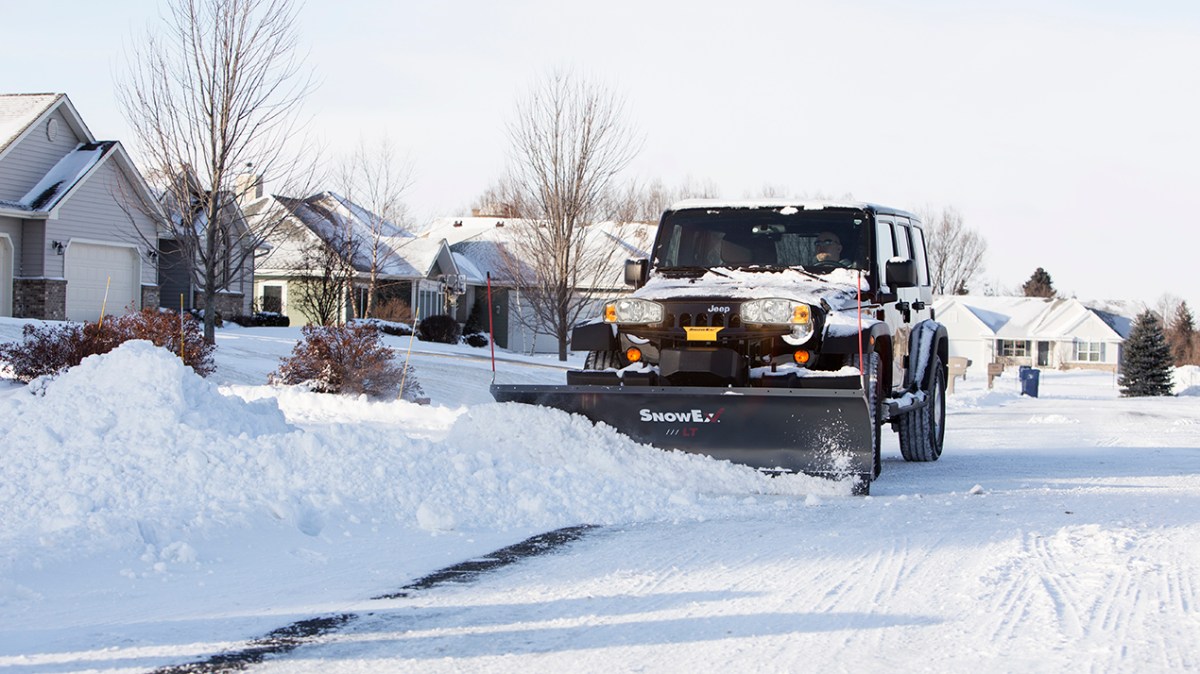Scooper planes, also known as water bombers, are specialized aircraft designed for efficient water collection and delivery, primarily used in firefighting. These incredible machines play a crucial role in combating wildfires and other emergencies requiring rapid water deployment. This guide dives into the fascinating world of scooper planes, exploring their design, operation, maintenance, environmental impact, and diverse applications.
From the various designs and capacities of different scooper planes to the intricate operational procedures and essential maintenance practices, we’ll cover it all. We’ll also examine the environmental considerations and the diverse applications of these vital aircraft, highlighting their role in wildfire suppression, flood mitigation, and beyond.
Scooper Plane Types
Scooper planes, also known as amphibious air tankers, are specialized aircraft designed for water collection and aerial firefighting. Several designs exist, each with unique capabilities and limitations. Understanding these variations is crucial for effective wildfire management and other applications.
Scooper Plane Designs: Variations in Size, Capacity, and Mechanisms
Scooper plane designs vary significantly in size, ranging from smaller single-engine aircraft to large, multi-engine planes. Capacity, measured in gallons or liters of water, directly correlates with size. Operational mechanisms primarily involve a scoop or a trough at the bottom of the aircraft that dips into a water source for rapid filling. Some designs incorporate pumps to assist with water intake, improving efficiency, particularly in less-than-ideal water conditions.
Variations in wing design, fuselage shape, and landing gear configuration also influence performance and maneuverability.
Advantages and Disadvantages of Scooper Plane Designs
Larger scooper planes offer greater water capacity and longer flight ranges, but they also require larger airfields and incur higher operational costs. Smaller planes are more versatile, able to operate from smaller water sources and shorter runways, but their limited capacity necessitates more frequent water refills. Maintenance requirements also vary; larger planes demand more extensive and costly servicing. Efficiency depends on factors like water source accessibility, weather conditions, and pilot skill.
Historical Development of Scooper Planes
The concept of scooper planes emerged in the early to mid-20th century, driven by the need for efficient aerial firefighting. Early designs were relatively simple, but advancements in materials science, engine technology, and aerodynamics have significantly improved their performance, capacity, and safety. Key innovations include the development of more efficient water scooping mechanisms, improved structural designs for enhanced durability, and advanced flight control systems for increased precision and stability.
Scooper planes, those awesome firefighting aircraft, need a lot of coordination to operate effectively. Think about the logistics – getting the right crew together is crucial, much like how the ircc express entry draw requires a specific profile to be selected. Successfully battling wildfires and getting a Canadian visa both demand careful planning and a bit of luck!
Comparison of Scooper Plane Types
| Type | Capacity (Gallons) | Advantages | Disadvantages |
|---|---|---|---|
| Canadair CL-215 | 1400 | High capacity, robust design, proven reliability | High operating cost, requires long runways |
| Air Tractor AT-802 | 800 | Versatile, relatively low cost, good maneuverability | Lower capacity compared to larger planes |
| Martin Mars | 7200 | Extremely high capacity, exceptional endurance | Very high operating cost, limited operational flexibility |
Scooper Plane Operational Procedures
Operating a scooper plane involves a precise and systematic process, from pre-flight checks to post-flight procedures. Adherence to safety protocols and best practices is paramount to ensure mission success and crew safety.
Step-by-Step Scooper Plane Operation
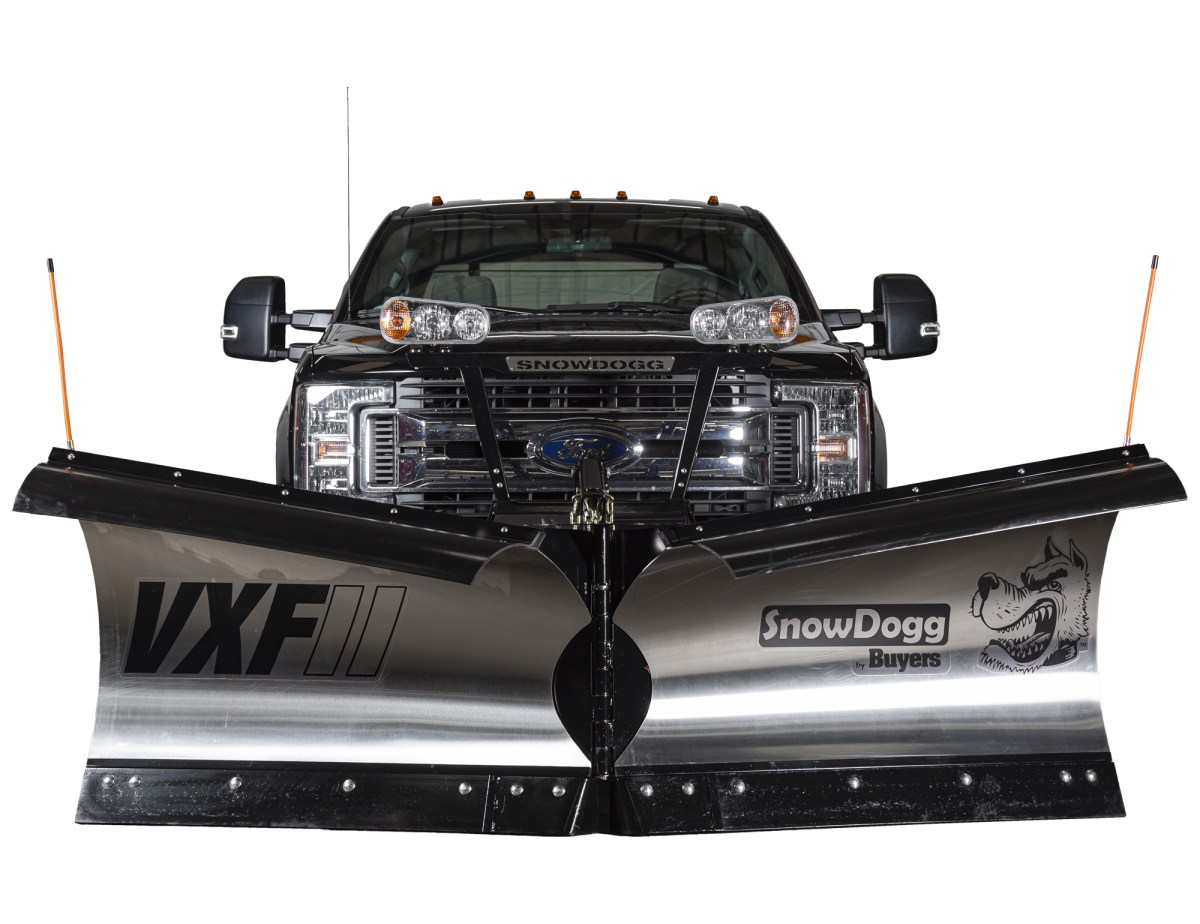
A typical operation begins with pre-flight inspections, including engine checks, structural assessments, and fluid level monitoring. The pilot then proceeds to the designated water source, performs a water scoop, and returns to the fire site for water delivery. Post-flight procedures include draining the water tank, cleaning the scoop, and performing a thorough inspection for any damage. Throughout the process, the pilot must constantly monitor weather conditions, adjust flight path as needed, and communicate with ground crews.
Efficient Scooping and Water Delivery Techniques, Scooper plane
Efficient scooping requires precise control of the aircraft’s speed and altitude during water intake. The pilot must maintain a steady approach to avoid splashing and minimize water loss. Water delivery techniques involve controlled releases to maximize effectiveness and minimize water wastage. Safety protocols emphasize maintaining safe distances from obstacles and other aircraft, as well as avoiding hazardous weather conditions.
Challenges and Limitations During Operations
Scooper plane operations can be challenging due to various factors. Adverse weather conditions, such as strong winds, low visibility, and turbulence, can significantly impact safety and efficiency. Terrain limitations, including rough water surfaces, shallow water sources, and proximity to obstacles, can also pose challenges. Accessibility to suitable water sources is critical; insufficient water availability can severely restrict operational effectiveness.
Scooper Plane Operation Flowchart (Description)
The flowchart would begin with pre-flight checks and weather assessment. A decision point would determine if conditions are suitable for operation. If yes, the plane proceeds to the water source for scooping. Another decision point checks for successful scooping; if successful, the plane heads to the fire. Water is delivered, and a decision is made on whether more water is needed.
If yes, the cycle repeats. If no, the plane returns to base for post-flight procedures. Safety checks are integrated at every stage.
Scooper Plane Maintenance and Repair
Regular maintenance is crucial for ensuring the safe and efficient operation of scooper planes. This involves a comprehensive program addressing various aspects of the aircraft’s systems and structure.
Regular Maintenance Requirements
Regular maintenance includes scheduled engine checks, which involve inspecting components for wear and tear, and performing necessary repairs or replacements. Structural inspections focus on identifying any signs of damage or corrosion, particularly in areas subjected to stress during scooping and water delivery. Fluid level monitoring ensures that engine oil, hydraulic fluid, and other essential fluids are within the specified ranges.
Detailed logs must be kept of all maintenance activities.
Common Maintenance Issues and Solutions
Common issues include engine malfunctions, hydraulic leaks, and corrosion in the water scoop and fuselage. Solutions range from simple repairs like replacing seals and hoses to more complex interventions involving engine overhauls or structural repairs. Troubleshooting involves systematic checks to identify the root cause of the problem, followed by the appropriate corrective action. Safety precautions must always be followed during maintenance and repair procedures.
Scooper planes are awesome firefighting aircraft, right? They scoop up water and drop it on blazes – pretty straightforward. But did you know there’s a whole other level of awesomeness? Check out the super scooper for a truly impressive example of this technology. These specialized planes take water-scooping to the next level with their speed and capacity, making them vital for battling large-scale wildfires.
So, next time you think about scooper planes, remember the incredible power and efficiency they offer.
Repairing Common Damages
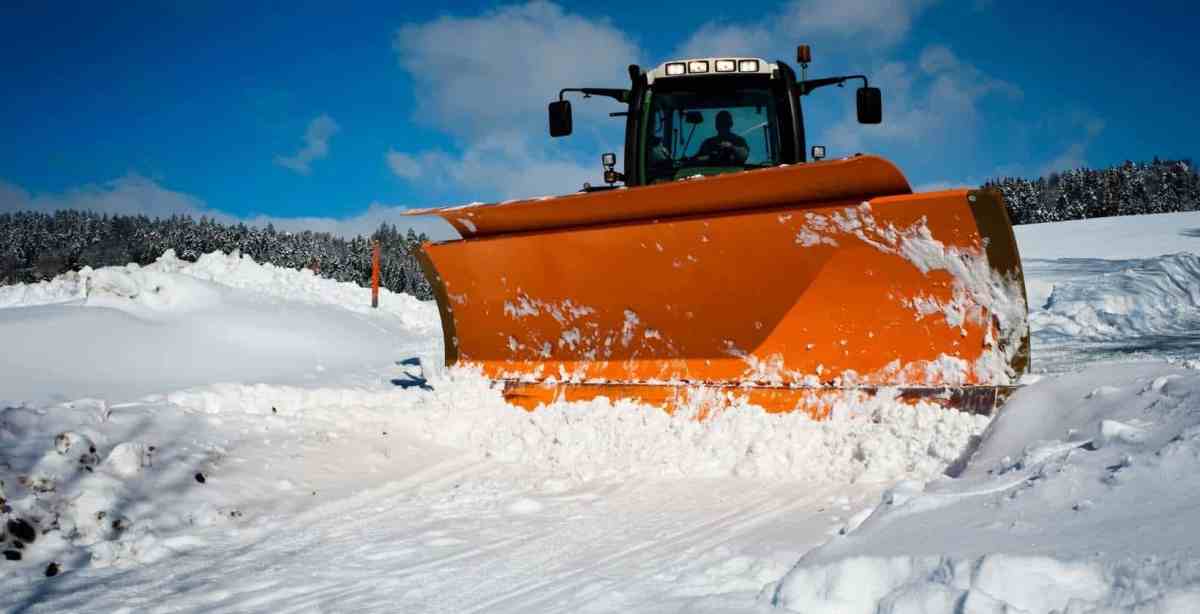
Damages sustained during operation often include damage to the water scoop, dents in the fuselage, and damage to the landing gear. Repairs might involve welding, patching, or replacing damaged components. Safety precautions are paramount, including the use of appropriate personal protective equipment (PPE) and adherence to safety procedures. Proper documentation of repairs is essential for maintaining accurate maintenance records.
Essential Maintenance Tools and Equipment
- Engine Tools: Torque wrenches, socket sets, specialized engine tools
- Structural Repair Tools: Welding equipment, rivet guns, sheet metal tools
- Hydraulic Tools: Hydraulic pumps, pressure gauges, specialized hydraulic tools
- General Tools: Wrenches, screwdrivers, pliers, measuring tools
- Safety Equipment: Eye protection, gloves, safety harnesses
Environmental Impact of Scooper Plane Operations
While scooper planes play a vital role in wildfire suppression and other emergency response scenarios, their operation has environmental implications that need to be carefully considered and mitigated.
Environmental Impact Factors
Water usage is a key factor, as large volumes of water are drawn from water bodies for firefighting. Noise pollution from the aircraft engines can disturb wildlife and nearby communities. Fuel consumption contributes to greenhouse gas emissions. The potential for accidental spills or leaks of hydraulic fluids or other materials also poses an environmental risk.
Comparison with Other Firefighting Methods
Compared to ground-based firefighting, scooper planes offer rapid response and can reach remote areas inaccessible to ground crews. However, their reliance on fossil fuels and potential water usage impacts need to be balanced against the benefits. Other aerial firefighting methods, such as helicopter water drops, may have different environmental footprints, with helicopters often having higher fuel consumption per unit of water delivered.
Minimizing Negative Environmental Effects
Minimizing negative impacts involves several strategies. Using biofuels or alternative fuels can reduce greenhouse gas emissions. Optimizing water delivery techniques to reduce wastage can minimize water consumption. Regular maintenance to prevent leaks and spills can prevent contamination. Careful selection of water sources to avoid impacting sensitive ecosystems is also crucial.
Technological advancements, such as more fuel-efficient engines and improved water scoop designs, can further enhance environmental performance.
Visual Representation of Environmental Effects
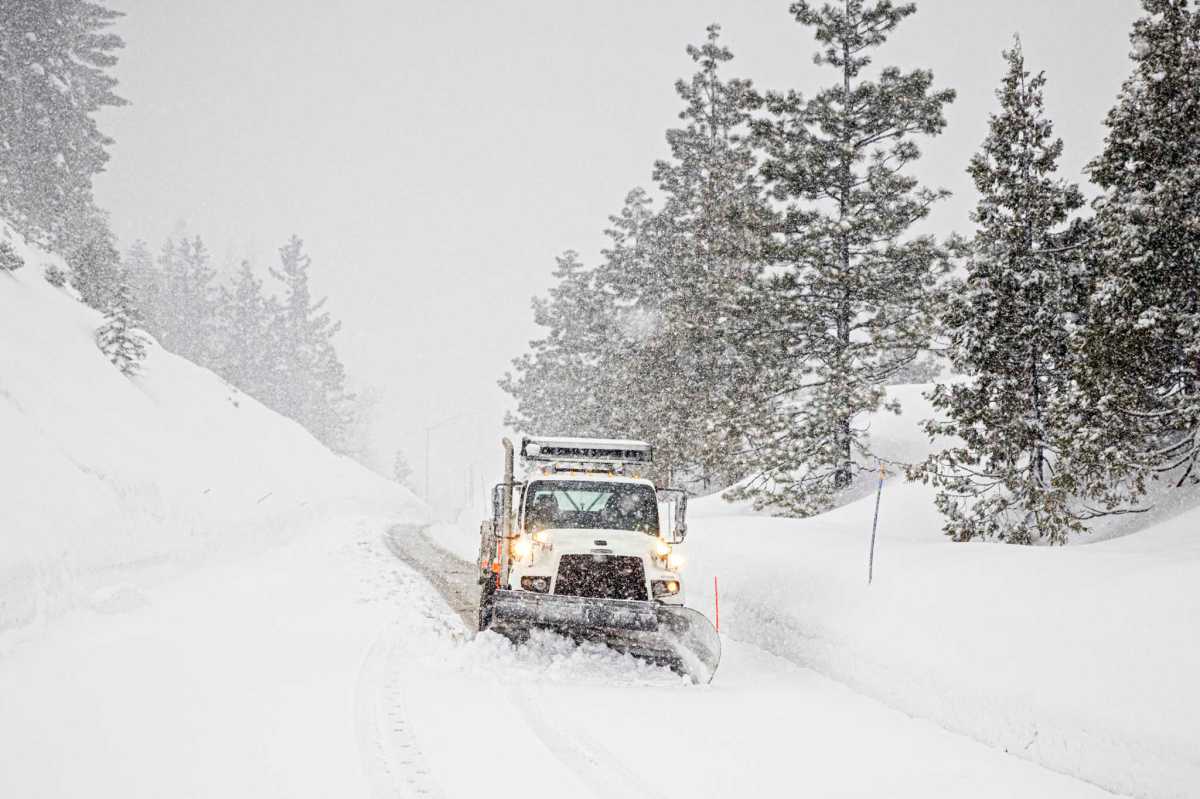
The visual would depict a scooper plane operating over a lake, showing water being scooped and then delivered to a wildfire. The positive aspect would be the suppression of the fire, preventing further damage to the environment. The negative aspects would be represented by a small cloud of exhaust fumes from the plane, and a slightly lowered water level in the lake.
The overall visual would highlight the trade-offs between the benefits of fire suppression and the potential negative environmental consequences.
Scooper Plane Applications and Uses
Scooper planes find applications beyond wildfire suppression, showcasing their versatility and adaptability in various contexts.
Examples of Scooper Plane Applications
Wildfire suppression is the primary application, but they’re also used in flood control, where they can quickly move large volumes of water to alleviate flooding. Agricultural irrigation in remote areas can benefit from the ability to deliver water efficiently to crops. Other uses include environmental remediation, such as assisting in cleanup efforts following oil spills or other environmental disasters.
Advantages and Limitations in Different Contexts
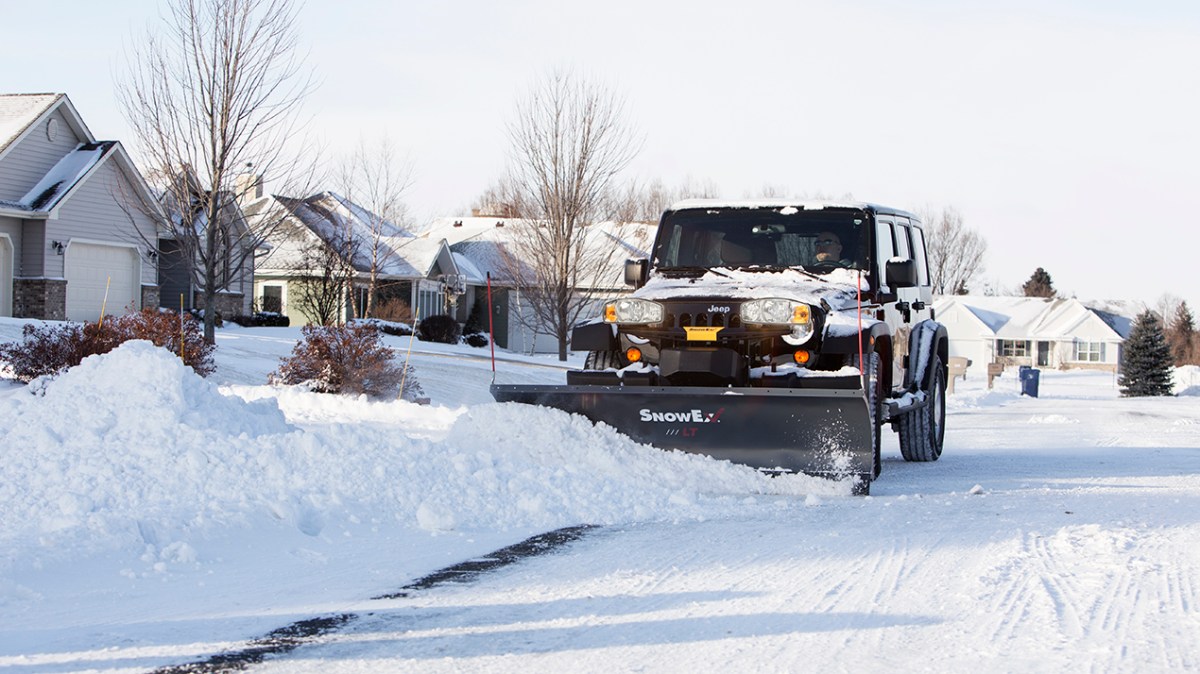
In wildfire suppression, scooper planes provide rapid response and high water capacity, but they’re limited by water source accessibility and weather conditions. For flood control, their large capacity is advantageous, but they may not be suitable for all types of flooding. In agricultural irrigation, they can reach remote areas, but the cost of operation might be prohibitive for smaller farms.
Future Potential of Scooper Planes
Future advancements might include the development of more fuel-efficient engines, improved water scooping mechanisms, and autonomous flight capabilities. Innovative applications could involve using scooper planes for precision agriculture, delivering fertilizers or pesticides to crops, or for targeted environmental restoration projects. The integration of advanced sensors and data analytics could further optimize their operational efficiency and environmental impact.
Applications of Scooper Planes
| Application | Advantages | Limitations |
|---|---|---|
| Wildfire Suppression | Rapid response, high water capacity | Water source dependency, weather limitations |
| Flood Control | High water displacement capacity | Suitability depends on flood type and terrain |
| Agricultural Irrigation | Efficient water delivery to remote areas | High operational costs |
Conclusive Thoughts
Scooper planes represent a remarkable feat of engineering and a critical tool in various emergency response scenarios. Understanding their capabilities, limitations, and environmental impact is crucial for optimizing their use and ensuring their continued effectiveness in protecting lives and property. As technology advances, we can expect even more innovative applications and improved designs to further enhance the capabilities of these essential aerial workhorses.
FAQ Summary
How fast can a scooper plane fly?
Speed varies greatly depending on the model and its load, but generally ranges from 100 to 200 mph.
What type of engine do scooper planes typically use?
Most scooper planes utilize powerful turboprop engines for efficient flight and water-scooping capabilities.
Scooper planes are amazing firefighting tools, right? Their efficiency in water collection and delivery is seriously impressive. To understand the logistical challenges and advancements in this field, check out this insightful game changer review on aerial firefighting technology. It’ll give you a better grasp of the tech behind scooper plane operations and their future development.
How much water can a scooper plane carry?
Capacity varies significantly, ranging from a few hundred gallons to several thousand gallons, depending on the plane’s size and design.
Are scooper planes only used for fighting wildfires?
While wildfire suppression is a primary use, scooper planes also find applications in flood control, agricultural irrigation, and other emergency situations requiring rapid water delivery.
What are the main safety concerns when operating a scooper plane?
Safety concerns include water intake hazards, potential for collisions during low-level flight, and the need for careful navigation in challenging weather conditions.
